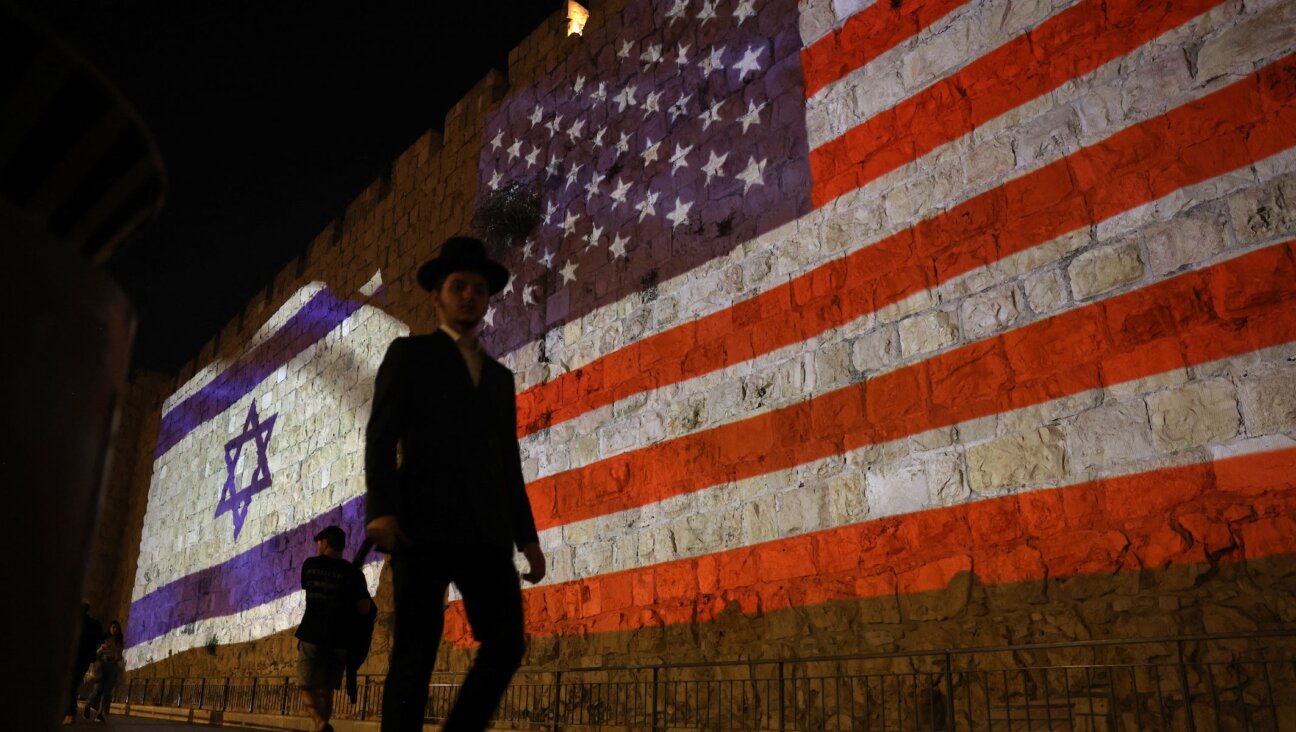The ‘Revival’ Is Over, Let’s Talk Continuity
In 1979, when Henry Sapoznik founded the klezmer band Kapelye, he was among a cohort of passionate young musicians, musicologists and cultural workers who sought to reclaim Eastern European Jewish music and link themselves to still-living masters of that tradition. It was hard work. Relatively little had been done to preserve or transmit the culture of Eastern European Jewish immigrants in America.
Today, Sapoznik is scheduled to become the director of the new Mayrent Institute for Yiddish Culture, the launch of which was announced this past spring by the University of Wisconsin-Madison. What began as a grass-roots Yiddish cultural revival movement continues to plant institutional roots.
Meanwhile, a new generation enjoys the benefits of that first wave of Yiddish cultural reclamation. The cutting edge of the contemporary Jewish music scene is made up of the figurative children (and grandchildren) of the klezmer revivalists. Klezmer music is now a ubiquitous presence in American Jewish culture.
Yet for all this progress, it remains rare to see the words “Yiddish” or “klezmer” in the press without them being linked to the terms “renaissance” or “revival.”
In December 2008, The New York Times ran a short feature about young people on the Upper West Side coming together to speak Yiddish, which the paper claimed was “enjoying a second-wave revival among 20-somethings in New York.” The leader of the group, Menachem Yankl Ejdelman, was described by the Times as “a 25-year-old event planner for a Jewish research center in Chelsea.” What the Times neglected to mention was that Ejdelman — at the time an employee of YIVO, the Académie Française of Yiddish, and the grandson of renowned Yiddishist Mordkhe Schaechter — grew up in a Yiddish-speaking home among a tight-knit group of 15 Yiddish-speaking siblings and cousins. If there were one person in New York for whom the term “Yiddish revival” could not apply less, it would be Ejdelman.
The memes of revival and renaissance as applied to Yiddish language and culture reinforce a number of ideas that pervade the American Jewish conversation — for example, that it is anomalous or even abnormal for anyone, especially a young person, to learn Yiddish. Or that klezmer music is still being “revived,” 35 years after the first generation of musicians began to reclaim the tradition. The word “revival” does little to help us understand today’s innovative, challenging and, yes, authentic creativity based in and inspired by Yiddish culture.
It’s hard to overstate how much has changed in the Yiddish cultural landscape since 1975, when the first klezmer revival recordings started trickling out. KlezKamp, the Yiddish folk arts program, will celebrate its 26th year and has inspired Jewish music retreats all over the world. There are festivals like Ashkenaz, a biennial festival of Jewish music in Toronto. Thousands of Yiddish books are available, digitally and in print, through the National Yiddish Book Center. Students who want to study Yiddish during the summer can go to New York City; Bloomington, Ind.; Vilnius, Lithuania; Tel Aviv or any other number of intensive Yiddish programs around the world.
All this raises the question: When does a revival become something else? After 25 years? 35? How many centers, institutes and festivals does it take to transform a revival into something permanent? When will we finally start using the word “continuity” to describe the now decades-long ferment of Yiddish culture?
The majority of American Jews are descendants of Yiddish-speaking immigrants. Engagement with Eastern European Jewish culture links young people to previous generations as well as to Jewish communities around the world. Yet the Jewish institutional world is absolutely obsessed with physical continuity while seemingly oblivious to the cultural continuity exemplified by the current era of Yiddish creativity.
I challenge a Jewish foundation to sponsor a study of young people active in Yiddish culture. It shouldn’t be hard. Thousands of young people have passed through the National Yiddish Book Center internship program, attended KlezKamp and KlezKanada, played in a college klezmer band or engaged with Yiddish language and culture in some other meaningful way. The next step in supporting Jewish continuity may just be learning to recognize it.
Rokhl Kafrissen is working on a book called “The Myth of the Yiddish Atlantis.” She writes for Jewish Currents magazine.















